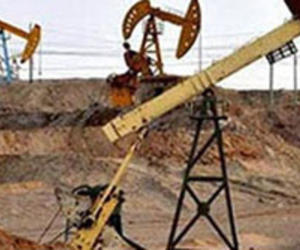Piñón on Energy deals with Cuba’s petroleum demand and price elasticity
- Submitted by: manso
- Business and Economy
- 03 / 03 / 2011

Economics 101: Demand is generally defined as the relationship between the price of a good or service and the amount or quantity the consumer is willing and able to purchase of that good or service. Simply stated, it is the relationship between price and quantity. The question in a centralized economic system is the responsiveness to price by consumers — price elasticity — due to the lack of substitute goods and or services.
Cuba’s petroleum demand is estimated to be around 147,000 barrels per day. Sixty percent of that demand is industrial fuel oil and Cuban crude oil blend, used mostly as fuel in the electric power sector and lesser amounts in cement, mining, steel and other state owned industries. Transportation fuels such as diesel, jet fuel and motor gasoline account for 26 percent of total petroleum demand.
According to the 2009 Annual Report published by Cuba’s Oficina Nacional de Estadísticas (ONE), the island nation consumes 6,172 barrel per day of motor gasoline, or approximately 5 percent of total petroleum demand. There is no reliable data on Cuba’s vehicular fleet; but the number of passenger automobiles is estimated to be relatively small and mostly in the hands of state enterprises, foreign joint ventures and the tourist sector (rental cars). This figure is highlighted when we compare Cuba’s motor gasoline consumption with other developing countries in the region, particularly on a GDP or per-capita
basis.
We do not believe that the recent increase in gasoline prices will have a substantial impact on overall petroleum demand or in consumers’ discretionary budget. Diesel, however, is the largest component within the transportation fuel sector, while here again the state is the largest consumer primarily in rail, commercial transport, and agriculture. Cubans could see higher prices in some consumer products due to higher transportation costs.
Residential customers and the private sector are the largest consumers of electricity (see Cuba Standard Jan. 10), and here we could witness a true relationship between price and demand after the increase in the price rates for electricity implemented at the end of last year.
However, Cuba has since 2007 seen a 7-percent decrease in its petroleum demand primarily due as a result of the conservation efforts, efficiency improvements in the transformation of energy into power, and upgrade of its electric transmission and distribution network; all part of the Revolución Energética program, not prices.
Source: www.cubastandard.com/2011/03/02/
Comments